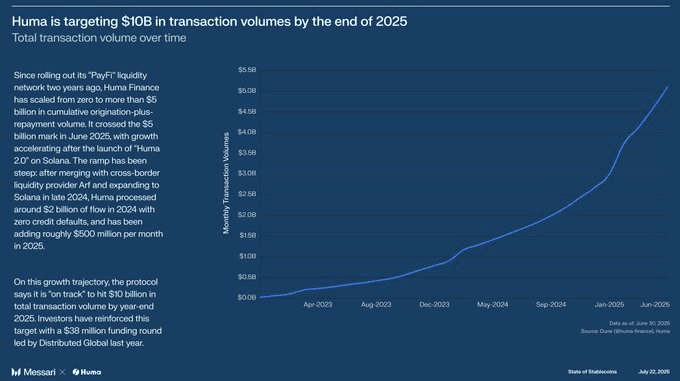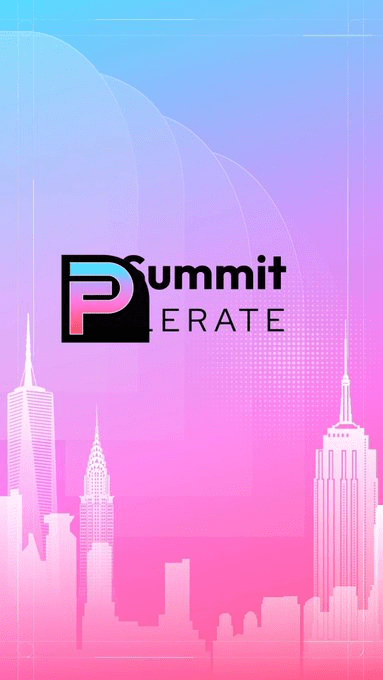Let's talk about something practical—something I've been pondering lately and I believe could be the key to unlocking the next shackles of DeFi: when can we borrow money on-chain, like in the real world, based on our abilities?
🤔 A thing we all take for granted but is actually quite unreasonable.
Let's first discuss a scenario.
You are in DeFi, holding $150 worth of ETH, and want to borrow $100 of USDC for some liquidity. You must first stake the entire $150 worth of ETH to borrow that $100. This is called over-collateralization.
This model is safe and reliable, but don't you feel something is off?
This is essentially a 'rich man's game'. It solves the problem of asset liquidity but does not address the issue of 'credit'. In the real world, we can get credit cards and apply for mortgages based on our future income expectations and credit history. However, in the current DeFi world, your credit is almost zero.
This wall has kept countless individuals, DAOs, and even small businesses with stable cash flow but no substantial collateral out of the DeFi door.
We've talked so much about Mass Adoption; if we can't even establish basic credit lending, wouldn't everything be just a castle in the air?

💡 Huma Finance: Turning your 'future' into today's collateral.
Recently, I've spent a lot of time researching the Huma Finance project, not because of how impressive its background is (though it is impressive, with investments from Coinbase and Circle), but because its approach makes me feel like I can see what DeFi credit lending should look like.
The core logic of Huma is very simple, and thus very elegant:
What it aims to do is turn the verifiable 'future income streams' from the real world into on-chain collateral to achieve under-collateralized lending.
Sounds a bit abstract? Let me give you an example:
Imagine you are a Web3 freelancer, doing community operations for a DAO every month, with a stable income from a U stablecoin. On Huma, you can use this 'future salary income' as proof to borrow money directly without needing to collateralize any ETH or BTC.
It's like getting a credit card for your on-chain identity; your limit is your future earning ability.

🛠️ It's not just a concept; how is it implemented?
Huma Finance is not just a pipe dream; it is a composable protocol layer, like the 'credit lending LEGO' of the DeFi world.
Income Verification: This is the most critical step. Huma verifies the authenticity and stability of your future income by collaborating with various on-chain protocols and off-chain data sources. For example, your employment agreement for working with a project, your royalty income, or even your stable transaction fee shares on certain platforms.
Composable Lending Pools: Anyone or any project can create an independent lending pool based on a specific 'future income'. For example, there can be a lending pool specifically for Gitcoin contributors, or a lending pool for the royalty income of a particular NFT artist. Each pool's interest rate, collateralization ratio, and risk control model can be customized.
On-chain Credit History: Every loan and repayment you make accumulates on-chain credit for you. This credit score may become your passport in the entire DeFi world, with great potential.

Why do I think Huma Finance might be a dark horse in the RWA narrative?
This year, everyone is discussing RWA (real-world assets), but many people's focus is still on moving real-world houses and bonds onto the chain. This is important, but it's a play in the existing market.
What Huma focuses on is the **'human capital'** incremental market.
Everyone's creativity, labor, and future earning potential are the largest and most fundamental assets in this world. If we can bring this value into DeFi, it would be a narrative far grander than moving a number of buildings onto the chain. It truly connects Crypto with the economic activities of every 'person' in the real world.
In simple terms, it allows DeFi to evolve from a 'pawn shop' to a modern 'bank'.
Let's discuss what everyone is more concerned about: opportunities and challenges.
Huma is about to have its TGE, with the token symbol $HUMA. According to official documents, the tokens will be used for governance, staking, and incentivizing early users of the protocol. This means there may be expectations for airdrops, so it's worth checking their official website and social media, as specific rules have not yet been announced, but engaging and learning in advance never hurts.
Of course, the challenges are equally significant:
Risk Control: How to respond to defaults? How to accurately assess the risks of different income streams? This is the ultimate challenge in all credit lending.
Data Privacy: Income verification involves personal sensitive data. Balancing transparency and privacy is a test.
Market Education: Helping users understand and trust this new model takes time.
Alright, that's all for today. I'm bringing up Huma Finance not to encourage everyone to jump in immediately, but to provide a perspective.
While everyone is focused on market fluctuations, perhaps we should spend a little more time looking at those projects trying to solve fundamental industry problems. They may be moving slowly, but each step they take could lay the true foundation for the next bull market, or even the next decade of Web3 development.




